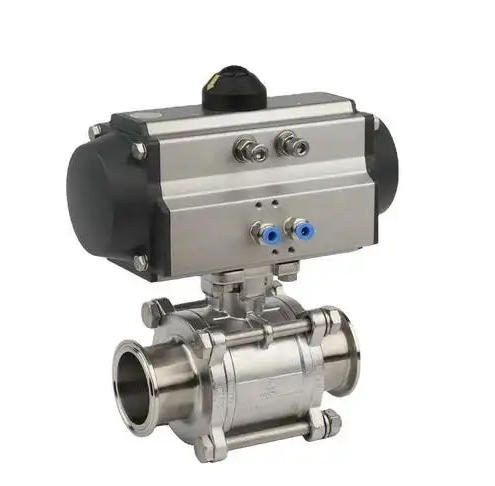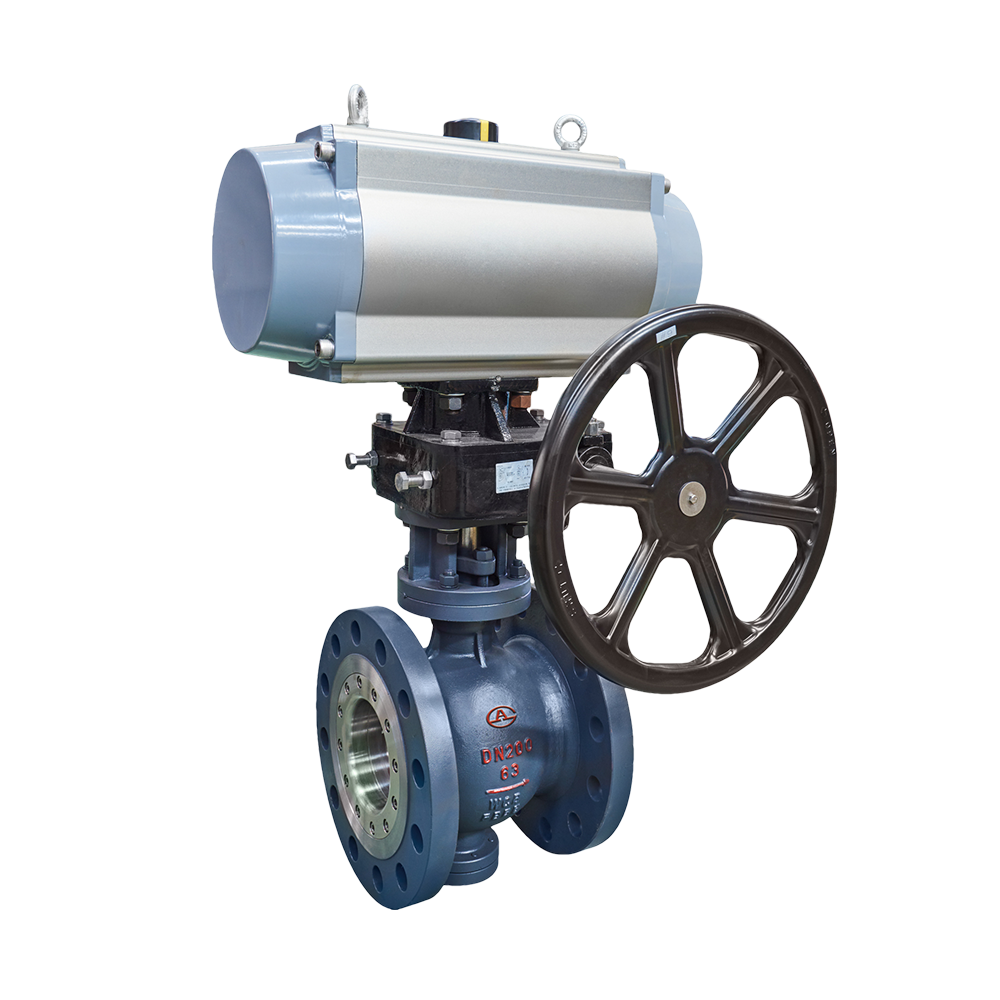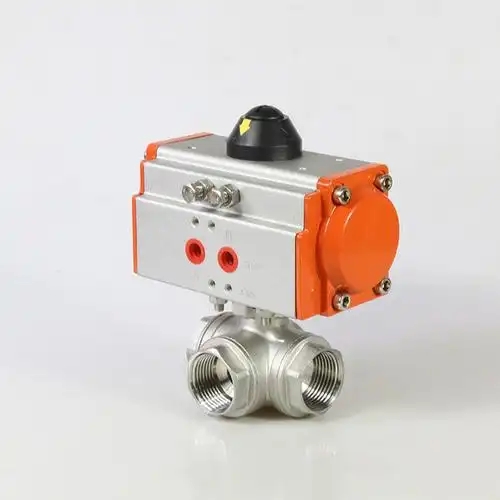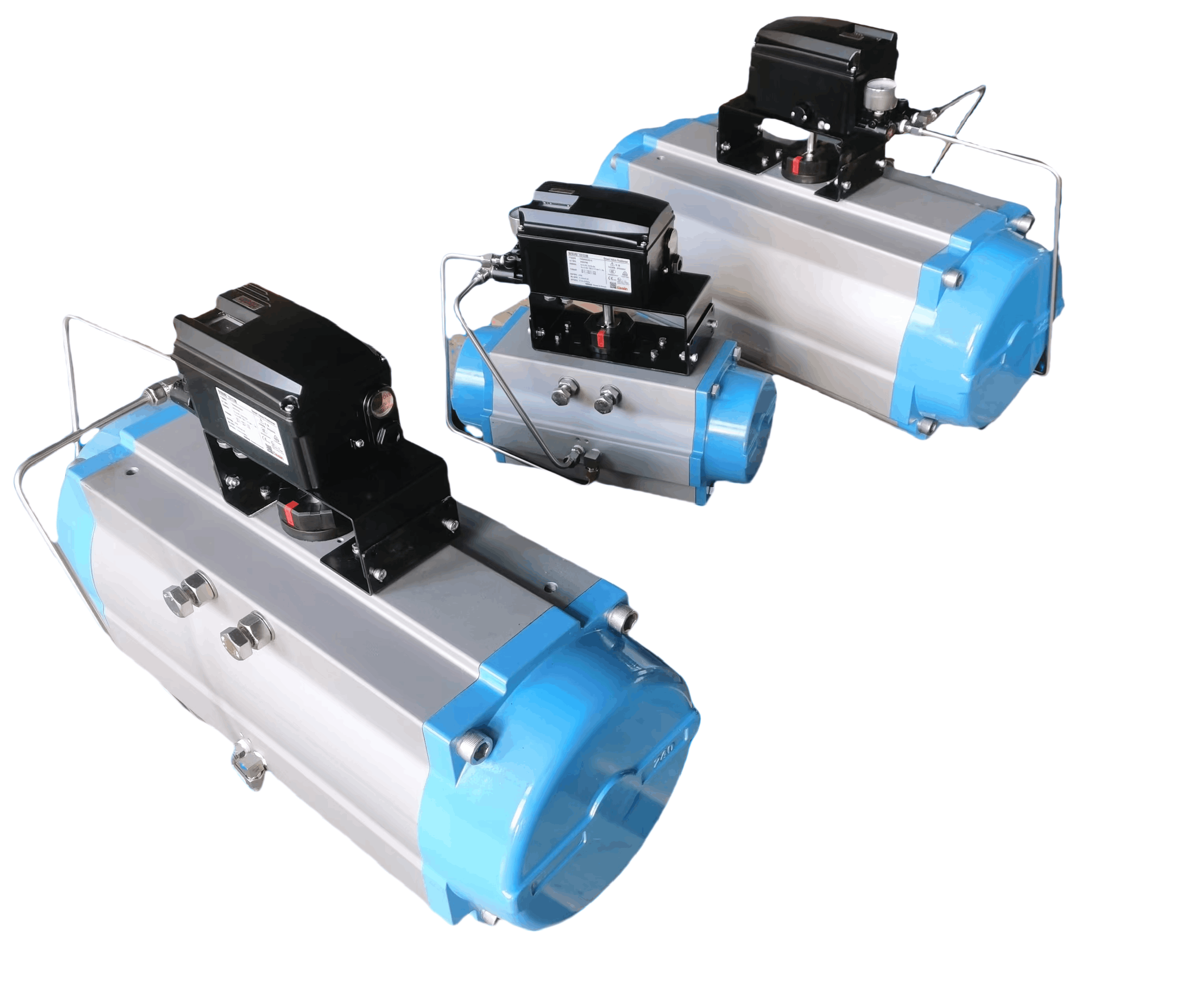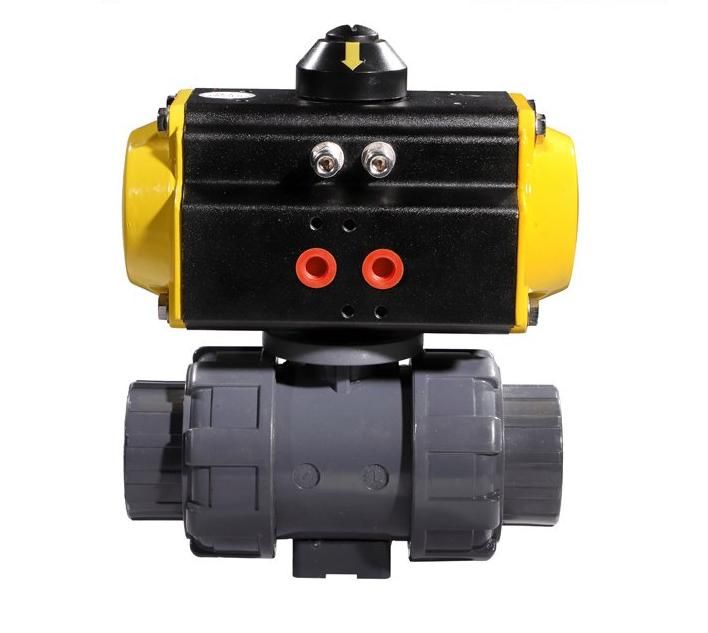Quarter-Turn Actuator Calibration
Maintaining precision control in pneumatic systems
Calibration Necessity
Actuators with positioners or feedback sensors rely on calibrated settings to align valve positions with control signals. Over time, vibration, temperature changes, or component wear can shift these settings, causing inaccurate flow regulation or valve misalignment.
Common Calibration Triggers
- Seasonal temperature variations
- After mechanical maintenance
- Following control system updates
- When replacing feedback sensors
Recommended Frequency
For critical applications, calibrate every 3–6 months. In less demanding environments, annual checks suffice. After maintenance or repairs, immediate calibration ensures restored accuracy.
Key Calibration Steps
Use a calibration tool to send test signals and verify valve position with a protractor or position sensor. Adjust the positioner's zero and span settings to align actual movement with command signals.
Calibration Procedure
- Depressurize the actuator
- Connect calibration equipment
- Set zero point (closed position)
- Adjust span (open position)
- Verify mid-range positions
- Test full stroke response
Test full stroke to confirm no overshoot or lag.
Signs of Misalignment
Irregular valve response, inconsistent flow rates, or position errors signal the need for calibration. Ignoring these issues can lead to process inefficiencies or safety risks.
Exceptions
Basic actuators without positioners may need less frequent calibration, but periodic checks of mechanical stops are still advisable to prevent performance degradation.
Non-Positioner Maintenance
- Inspect mechanical stops for wear
- Verify spring tension
- Check for air leaks
- Lubricate moving parts
If you want to learn more about low-priced products, please visit the following website: www.xm-valveactuator.com







